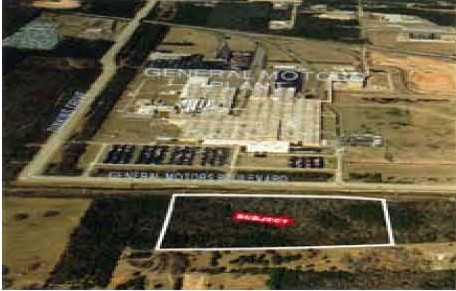
SERVICES-
CONSTRUTION COST-
START / COMPLETE-
SIZE-
|
BEI provided engineering services at six squeak and rattle facilities for the General Motors Truck Group including Shreveport Assembly Plant in Louisiana, Moraine Assembly Plant in Ohio, Ft. Wayne Assembly Plant in Indiana, Oshawa Assembly Plant in Ontario, GM Truck Facility in Silao, Mexico, and the Truck Product and Assembly Validation Center in Pontiac, Michigan. At these venues, BEI provided architectural and engineering services for the design of the "in plant enclosures" that house the test systems. Commonality between facilities is one of the main focuses of the design in order to ensure common testing with duplication of results between testing sites.
The test system is found at Squeak and Rattle Simulator Facilities, which at first glance may look very similar to an ordinary garage, but are actually high-tech testing areas designed and engineered to meet specific acoustic and seismic guidelines. Acoustic enclosures are engineered and constructed around all hydraulic power units to prevent noise interference during testing. The pit design incorporates a concrete seismic mass for mounting of the simulator equipment. Typically, an extensive soil evaluation is performed when multiple facilities are being constructed, in order to design seismic mass foundations with comparative vibration responses during testing.
The system works by the vehicle to be tested being driven into a test facility. With each wheel of the vehicle resting on posts called servo hydraulic actuators, which are controlled by software running on a PC, the evaluator selects any of several predefined or user-defined profiles. Each profile depicts specific road conditions like cobblestone, or potholes. Next, the 6,300 pound capacity actuators provide precise vertical motion to the wheels of the vehicle, simulating the desired road conditions. Squeaks and rattles are then detected by an evaluator using his or her ears, stethoscope, noise probe, fiber optic scope or directional microphones. If necessary, the vehicle is moved to an "identify and repair" area to eliminate the source of the squeak or rattle.
By using this method of testing, as opposed to driving the vehicle over a short course, environmental influences, engine noise, and driver variations are eliminated, tests are performed much faster, production faults are easily identified due to the ease of inspection from the pit, and through the use of profiles, accurate and repeatable tests are performed.
|
